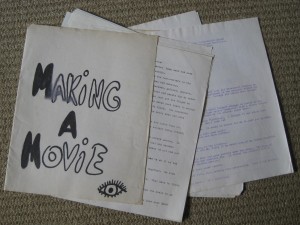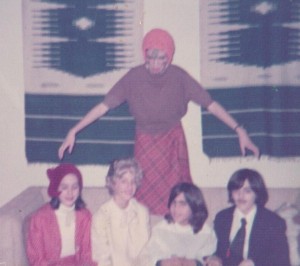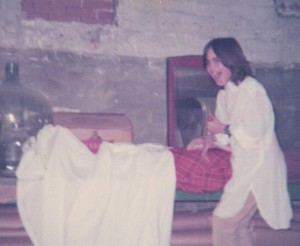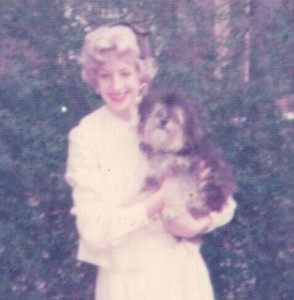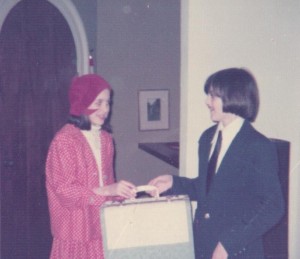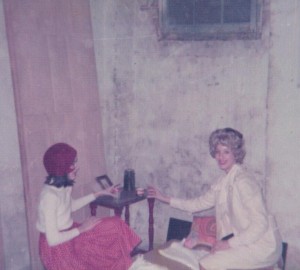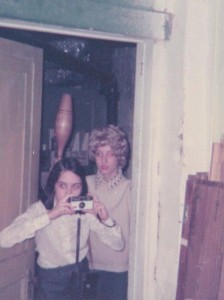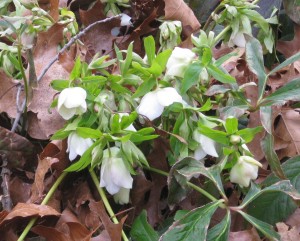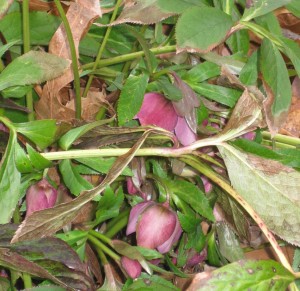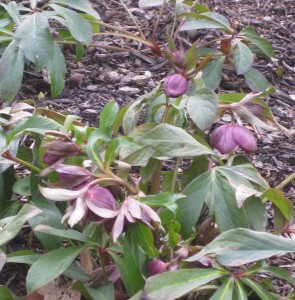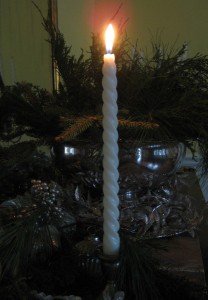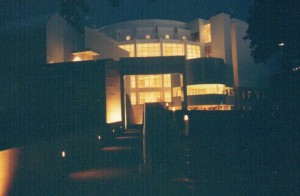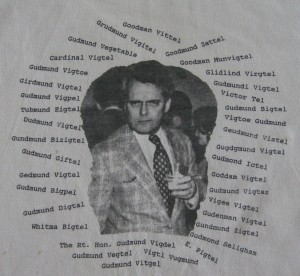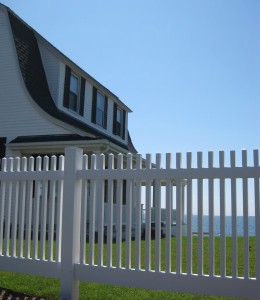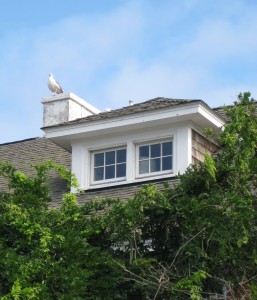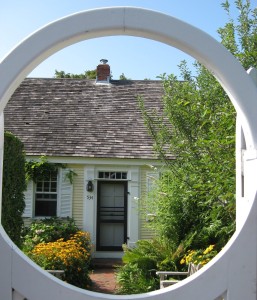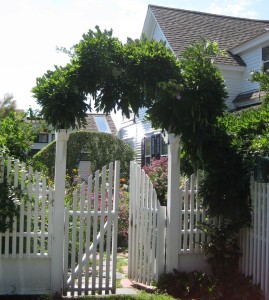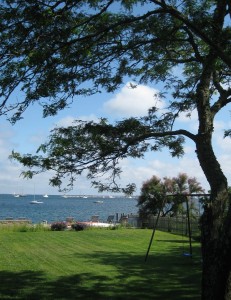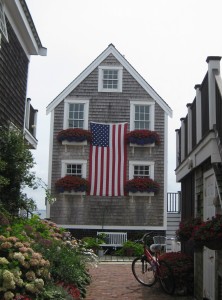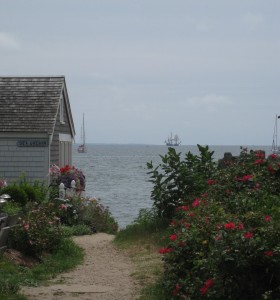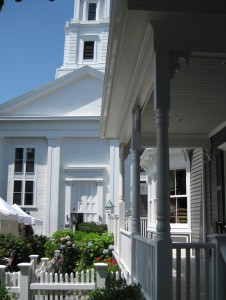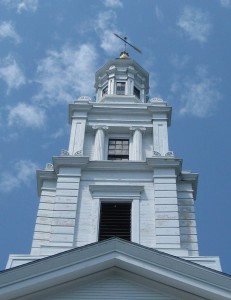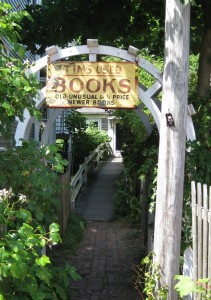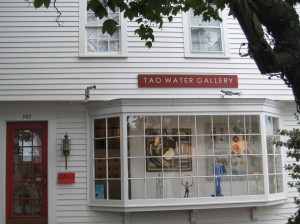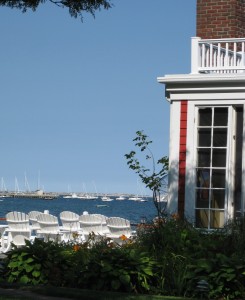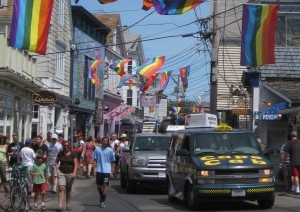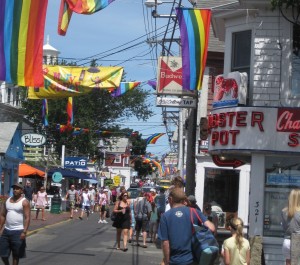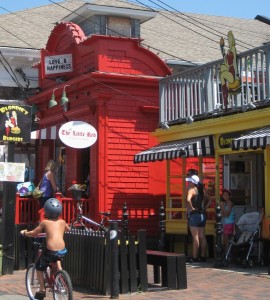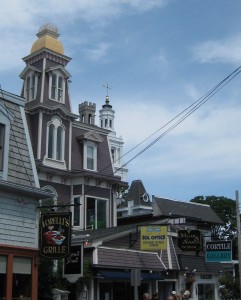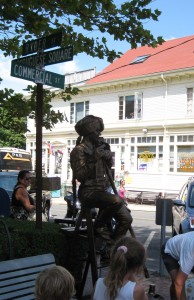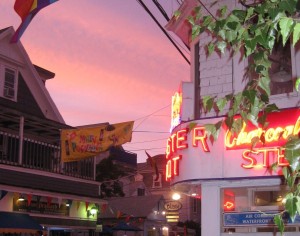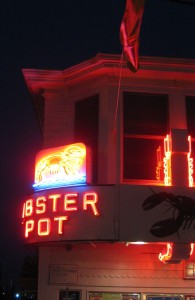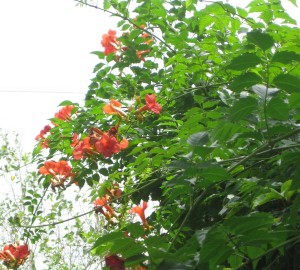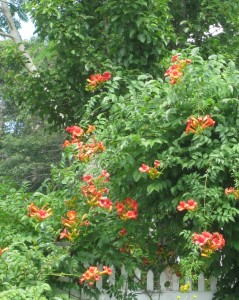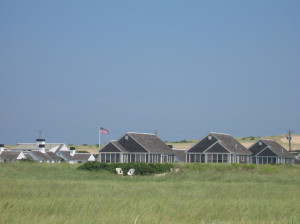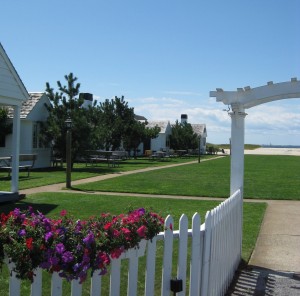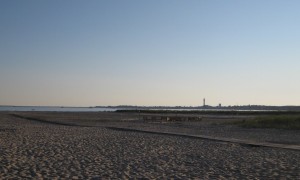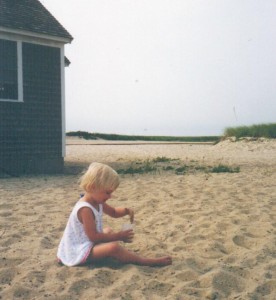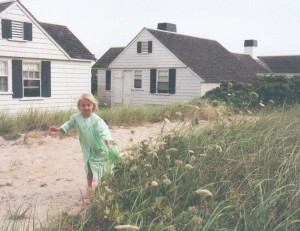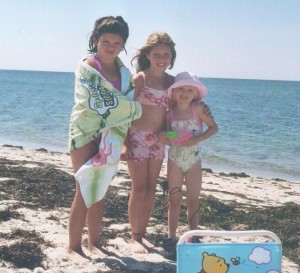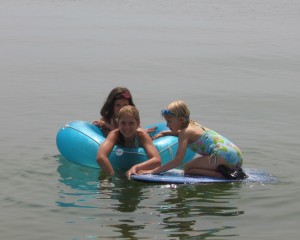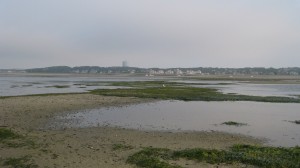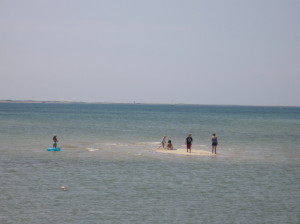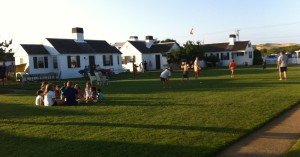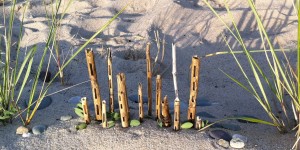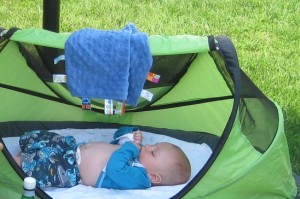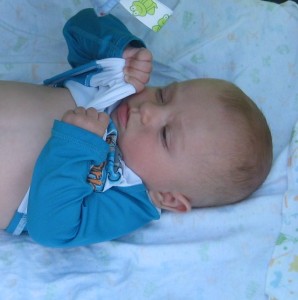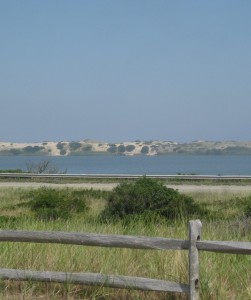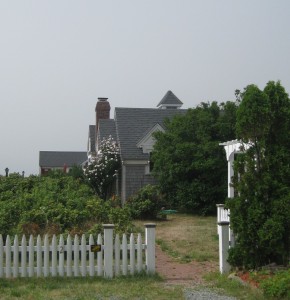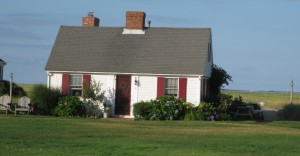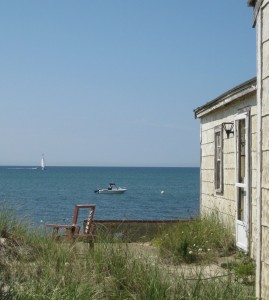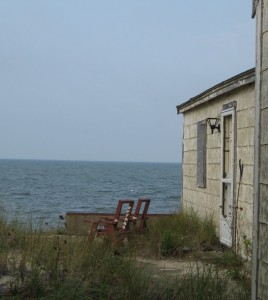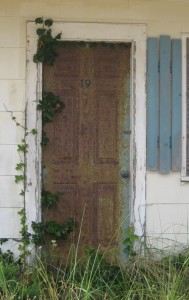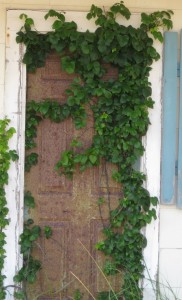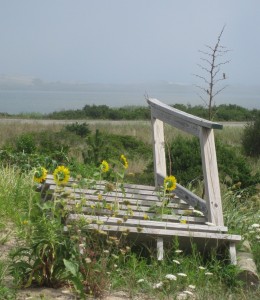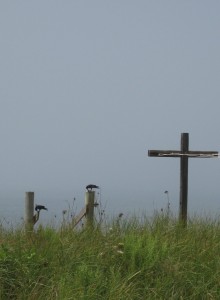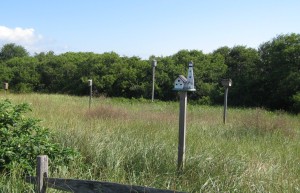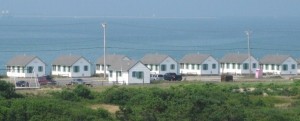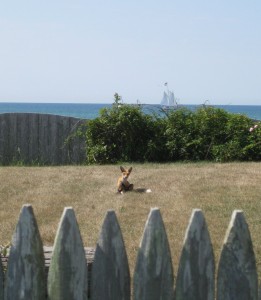I loved 8th grade. The snags of our newly-formed middle school were working themselves out. (See Middle-School Memorabilia, February 2012.) Once again, we were in classes with many of our old elementary school buddies, and we had the added bonus of meeting new friends. Some of these friendships took root thanks to an experimental, unstructured class that replaced language arts and social studies. As our independent project, my friend Katie and I made a movie.
She and I loved the movies. We dreamed of writing, directing, and perhaps starring in our own films one day. The logical starting point was our own Super 8 short film. Of course it was Katie’s family that had the camera, not mine. They had real cameras, ones with complicated knobs for focusing, as well as movie cameras, film projecters, even special movie lights. The were high-tech. I was wowed. I come from an anti-camera, anti-tech family. On Christmas morning, we would look around for the Kodak Instamatic. If it could be located, it often lacked film, flash bulbs, or both. One Christmas, our only pictures were taken by our next-door neighbor. Old photos from the 1940s on were tossed at random in the drawer of the coffee table, undated and unlabeled, a practice that inspired me to take the opposite approach, to document, organize and archive.
Katie and I favored the genres of comedy and horror. (See Movies with Friends: From Frogs to Rocky Horror to Toco Hill, and other posts from March 2012.) Our movie, we quickly decided, would be a campy, silly horror film, set in the 50s. As kids growing up in the 70s, we were fascinated by that Happy Days era, which seemed so distant. Because Katie’s mother and mine had saved most of their clothes from that time period, our costumes were immediately at hand. We also had lots of comical wigs and odd accessories that begged to be modeled.
We spent Saturdays and school-day afternoons writing the script. To us, it was side-splittingly hilarious. I have several copies of the final four-page script, typed by Katie and mimeographed at school. It was a silent film, so the narration and dialogue were hand-written in a flowery cursive and filmed, panel by panel. Our working title was The Underground Horror, later finalized as Dark Secrets. It began promisely enough:
The date is 1957. Leonora Fieldcrest had just moved into old Ravencroft Cottage on Shepherd Lane. Knowing that the apartment in the basement was rented to a certain Dr. Marc Welby (whom she had never met), did not hinder her. Perhaps
she should have thought more carefully.
Our set was the home of our friend Rebecca, who would play Leonora’s “old school chum” and spunky gal reporter, Amanda Duff. Not surprisingly, Dr. Welby (we considered this name choice an example of our use of sophisticated irony) was up to no good. He was building a creature. His laboratory was a squalid subterranean room, the door of which had been painted, years before, by previous homeowners, with the ominous warning: Operations Shack! Scram! Rebecca’s basement (really a cellar, rudimentarily finished and typical of the 1930s-era homes in our neighborhood) simply cried out for us to film a horror movie in it.
Katie took the role of the creature, and I played Leonora. We recruited two boys from our class for the male roles: Dr. Welby and Leonora’s butler. Everyone in old 50s movies had a butler, it seemed, and we needed another guy. Katie filmed the scenes she wasn’t in. Her older sister took care of the others. Rebecca’s younger sister and her friend served as gaffers and gophers. We relished tossing around such film jargon. Because the next-door neighbors had a cute little dog named Buster who was always underfoot, he was granted a role as Leonora’s puppy.
The entire cast, pictured above, from left to right: Amanda, Leonora, the Creation, standing menacingly, Dr. Welby, and the butler. It’s unfortunate that not a single still photo related to our film was in focus. I haven’t seen the movie in years, but I’m sure it’s not this blurry. I’m uncertain of the source of these pictures. Evidently they were taken before Katie got her very own good camera; at which point she became the primary photographer of our collective youth, known for her creative (and clear) photos. She has enjoyed a successful career as a photo-journalist for the Indianapolis Star newspaper.
Dr. Welby, at work in his Operations Shack. He laughs in a villainous manner as he puts the finishing touches on his Creation, whose red plaid skirt is visible.
Me, as Leonora, with Buster the dog.
Amanda, just arrived from Kansas (on her bicycle),
hands her little suitcase to the butler.
One of our funniest jokes (we thought), was the awfulness of Dr. Welby’s basement “apartment.” Here, Amanda and Leonora snoop around while the doc is out, observing personal mementos on the table beside his bare foam-rubber mattress on the floor.
At Amanda’s insistence, the two friends sneak into Welby’s inner sanctum. Leonora brandishes an Indian juggling club. Ace Reporter Amanda wields her trusty, if anachronistic camera,
perhaps the source of some of these blurry photos.

